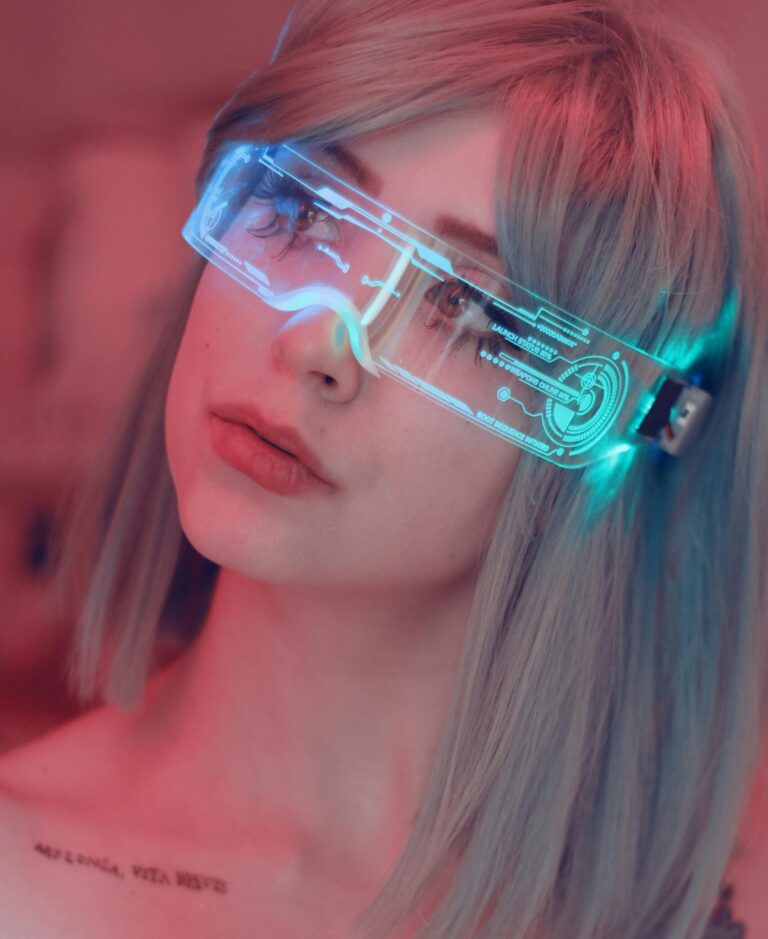In a world increasingly reliant on artificial intelligence, a new frontier is emerging: multimodal AI. Unlike traditional models that handle single data types in isolation—like text-only processing in basic chatbots or image analysis in standalone computer vision applications— handle only one type of data, multimodal AI integrates text, images, audio, and even video into a seamless ecosystem.
This innovation is transforming the way we communicate, work, and interact with technology—and it’s happening faster than you think.
Consider this: You receive an SMS from your bank that not only alerts you to suspicious activity but includes a map to the nearest branch and a voice prompt for immediate assistance. Or consider Google Search delivering results tailored to your spoken question, enhanced with contextual visuals and precise data. Multimodal AI doesn’t just refine user experiences—it redefines how we connect with technology and each other.
What Is Multimodal AI?
At its core, multimodal AI refers to systems that can process and synthesize multiple data types simultaneously. For instance, OpenAI’s GPT-4 and DeepMind’s Flamingo represent groundbreaking models capable of understanding and generating text, analyzing images, and even recognizing speech—all in a unified framework.
This capability enables applications to bridge communication gaps, offering interactions that feel natural and intuitive. For businesses, it’s an opportunity to provide highly personalized, context-aware services that cater to diverse user needs.
Real-World Applications: Transforming Communication and Beyond
1. Enhancing Customer Engagement
Picture a virtual assistant that doesn’t just respond with words but dynamically pulls images, maps, or even instructional videos to solve a query. Multimodal AI allows businesses to:
- Improve Customer Support: Chatbots equipped with multimodal capabilities can answer questions with text, visuals, and voice responses for better clarity.
- Personalize Experiences: Retail platforms can use user photos to recommend outfits, furniture arrangements, or beauty products.
2. Revolutionizing Search Engines
Google is already experimenting with multimodal AI to make searches more interactive. A user could upload a photo of a product and ask, “Where can I buy this?” or combine voice and text inputs for more nuanced queries.
3. Streamlining Internal Collaboration
For enterprises, multimodal AI can revolutionize team productivity. Envision a meeting assistant that transcribes conversations, highlights key points, and generates action items with relevant supporting visuals—all in real time.
Why CEOs and CTOs Should Care
For business leaders, the rise of multimodal AI isn’t just a technical curiosity—it’s a strategic imperative. Here’s why:
- Enhanced Decision-Making: Multimodal systems provide richer insights by analyzing diverse data sources, enabling more informed decisions.
- Cost Efficiency: Integrating multimodal AI reduces the need for multiple siloed tools, cutting operational expenses.
- Customer Loyalty: Providing seamless, intuitive experiences fosters deeper user engagement and brand loyalty.
Statistically, companies that adopt AI-driven personalization see a 40% increase in customer engagement and a significant boost in retention rates.
Challenges and Considerations
While the potential of multimodal AI is immense, it’s not without challenges:
- Data Integration: Harmonizing diverse data types requires robust frameworks to ensure consistency and accuracy.
- Ethical Concerns: How do we ensure that multimodal AI respects user privacy while delivering personalized services?
- Scalability: Building and deploying multimodal systems can be resource-intensive, demanding significant investments in infrastructure and expertise.
For CTOs and CEOs, addressing these challenges is critical to unlocking the full potential of multimodal AI.
Future Trends: Where Is Multimodal AI Headed?
- Healthcare Diagnostics: Multimodal AI is already assisting doctors by combining patient records, imaging scans, and diagnostic reports for faster and more accurate assessments.
- Education: Interactive learning platforms are using multimodal capabilities to tailor lessons with text, videos, and quizzes based on student performance.
- Creative Industries: From generating immersive ad campaigns to developing interactive storytelling, multimodal AI is redefining creativity.
Closing Thoughts
Multimodal AI is not just an incremental evolution—it’s a paradigm shift that redefines how we interact with technology and each other. For business leaders, the opportunity lies in early adoption and strategic integration.
Those who embrace this technology today will not only transform their operations but also set new standards in their industries.
As SMS, photos, and searches evolve into more dynamic and intuitive experiences, the question isn’t whether multimodal AI will change the game—it’s how ready you are to lead this transformation.


